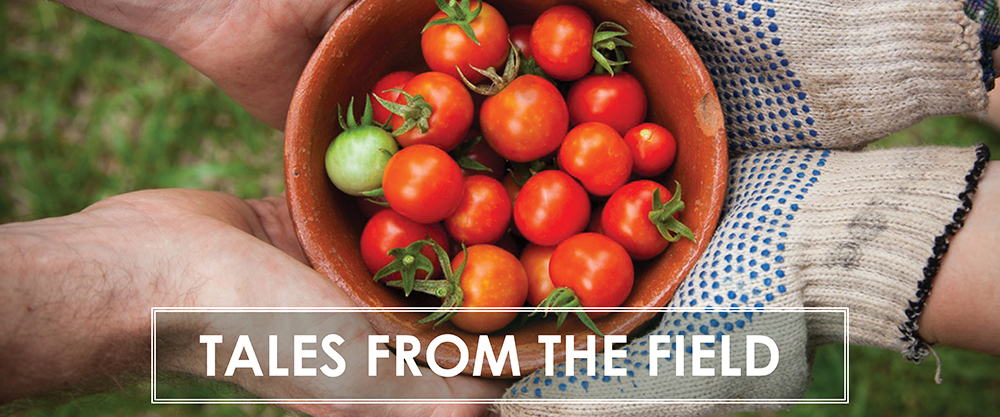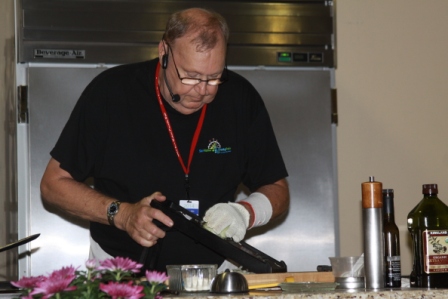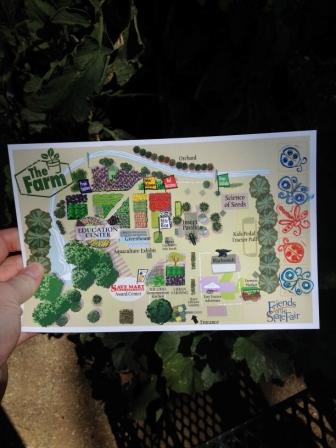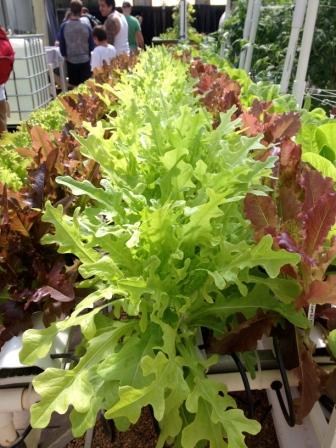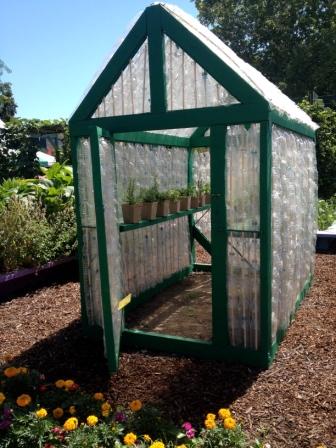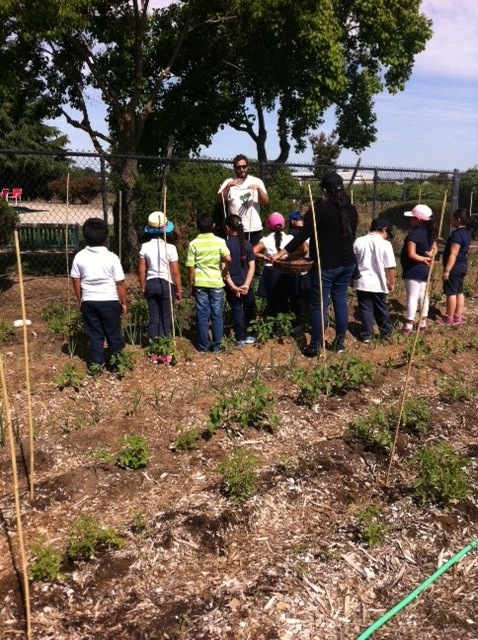By: Fiona L. Mattson
One of the first things you see before you even enter the Agri-Tourism Exhibit at the San Mateo County Fair is a giant Brussels sprout with a face on it, Billy Brussels Sprouts. Billy and his other vegetable friends, The Pretty Peas, Lexy Leek, Artie Artichoke, and Felipe Fava Bean, represent the top five crops grown in San Mateo County. This was one focus of the Agri-Tourism Exhibit: to learn more about local crops, their nutrition, and how to utilize them. By humanizing the vegetables, they were more interesting to a younger audience and had an aspect of entertainment for the greater public.
The Agri-Tourism Exhibit was funded by grant money obtained from the California Department of Food and Agriculture (CDFA) through the United States Department of Agriculture’s (USDA) Supplemental Nutrition Assistance Program Education Program (SNAP-Ed). The goal of this exhibit was to promote healthy choices and an active lifestyle with different interactive displays.
Another aspect of the exhibit was cooking demonstrations, which showcased how easy it is to cook low-budget and healthy meals. The demonstrations gave SNAP-Ed participants and the public inspiration to cook for themselves, to know what they are eating, and ways to utilize the top five crops grown in San Mateo. Some of the recipes that were demoed included: potato leek soup, Brussels sprouts salad, spring fava bean fennel salad, and baked salmon with leek stuffing.
Besides, the Agri-Tourism Exhibit, the San Mateo Fair also sponsored the Healthy Food Fare which provided healthy options in a setting where unhealthy choices are usually made. There were a total of fourteen concessionaires participating in this initiative, with a total of of 30 approved, healthy options available. Each concessionaire worked directly with Julie Hosfeldt, R.D. to go over recipes and ensure that they had met all guidelines that were set by Hosfeldt. Some of the healthy options at the Healthy Food Fare included Big Bubba’s Bad BBQ grilled chicken sandwich with roasted corn pepper or hot sauce and Monster Grill’s Veggie Burger.
San Mateo County Fair plans to continue these initiatives in future fairs.
